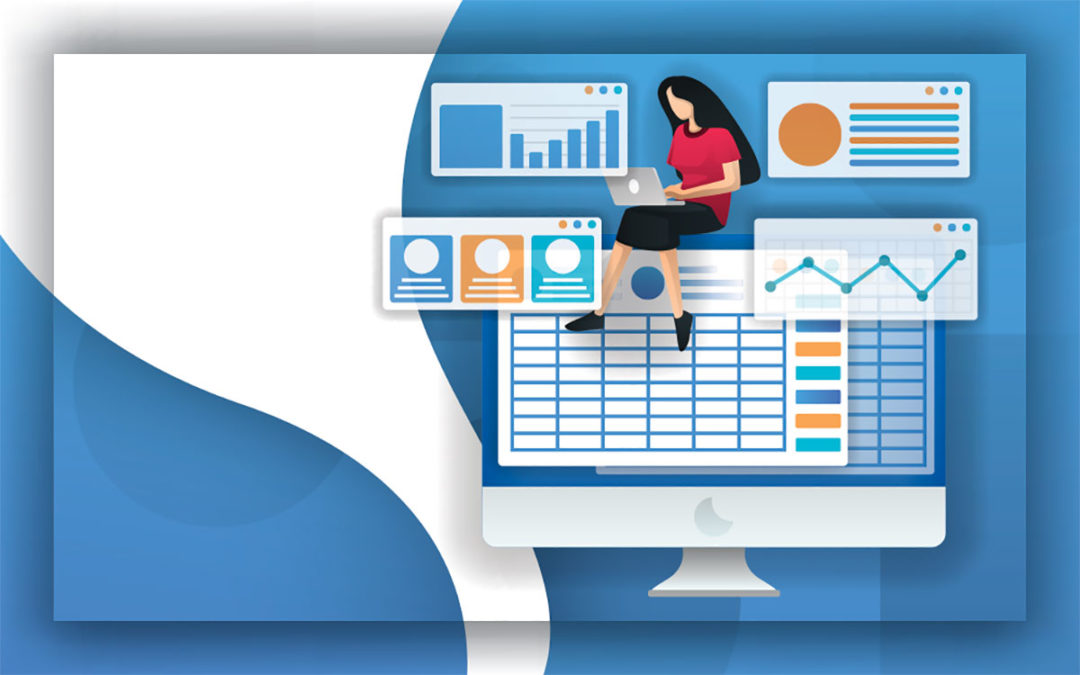I am 100% serious when I tell people that I learn more about QuickBooks from the people I teach than the classes themselves. Throughout my travels and conversations, I have found a few things that help me in my year-end tax planning that you may find useful as well.
First off, what I’m about to share are not correct accounting principal practices; however, anyone who has ever taken a class from me knows I don’t teach accounting principles – I teach practicality and individualized application of the program to fit each operation’s specific needs.
When November or December rolls around on my family’s operation, I start reviewing my books to see where we are for the year and if we need to prepay any bills or purchase other things to decrease our potential tax liability. (Yes, I realize I am late in giving you tax planning tips, but now is the time to make changes to your accounting setup so planning is easier in 2022.)
First thing I do is pull up a profit and loss standard report in QuickBooks. Now, typically, if you purchased assets during the year, you should have categorized them to the balance sheet under the appropriate asset categories. If you made loan payments, you should have split out the interest and principal portion of the payment between interest expense and the principal portion getting applied to the loan balance on the balance sheet. However, I have taken a new approach at times. I have created a capital expense category and set it up as an “other expense” type. Now, what that does is list that expense separately, below my regular expense categories on my profit and loss report. To explain further, my profit and loss will list all my expenses in alphabetical order and give me a total expense amount followed by a net ordinary income amount. Now, below that will be my other expenses category. Then, it will calculate a total other expenses and overall net income.
Doing it this way, I find I run my calculator less to figure out my taxable net income. I like that I can quickly see my total ordinary net income and look at my capital purchases below that. I can then consider if I want to discuss writing all those capital purchases off this year with my accountant or if I have enough expenses to discuss depreciating them and stretching the expense across multiple years. And, what about personal expenses that are not tax deductible at all? I will place these in the other expense category, so I don’t have to remember to manually back those amounts out of my total expenses when I’m reviewing my records at the end of the year. This is not a mind-blowing thought, but I am all about efficiency and simplicity, and this little item helps me achieve that.
Now, if you’ve got your tax-planning process figured out for next year and everything for 2021 is ready for your accountant, take a minute to discuss with your accountant about sending them an “accountant’s changes file” instead of a typical backup of your QuickBooks. There are a couple of reasons for this: 1) an accountant’s changes file is smaller than a backup file, and many times you can just email it to your accountant and 2) any changes your accountant makes to your books can be sent back to you in a similar format as the file you originally sent and then uploaded to your QuickBooks to incorporate all the changes. It is a really simple process to upload the file to your QuickBooks, and in an instant, all the entries your accountant made are recorded in your file. This mean there is no big list of journal entries you have to make by hand. This is also a great way to get your accountant to help you clean up lingering errors or make changes and adjustments to your books you’ve been needing help to accomplish.
With cold days and long nights, winter is a great time to get these types of tasks accomplished so your bookkeeping is simpler and more efficient. That way, when summer rolls around, you can spend more of your day on the other side of the office window. ![]()
Cassi Johnson is a 4th-generation cattle rancher. After studying accounting and agriculture business at Eastern Oregon University, she found herself at Pacific Intermountain Mortgage Company as a loan officer for farmers and ranchers around the Northwest. As she helped the agriculture industry with questions on QuickBooks and setting up records, she started 3 Bar Consulting to be able to offer more assistance to the agriculture industry. Now she not only continues to provide real estate loans through PIMC but is able to provide consulting and live classes teaching how to best use the QuickBooks program. Email Cassi Johnson.









